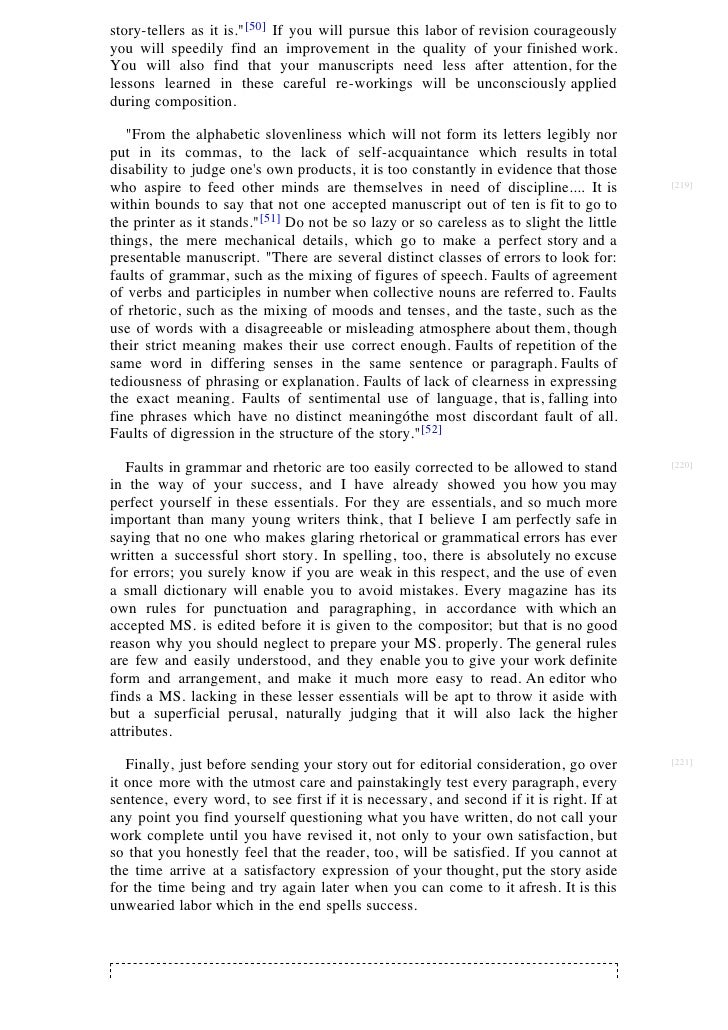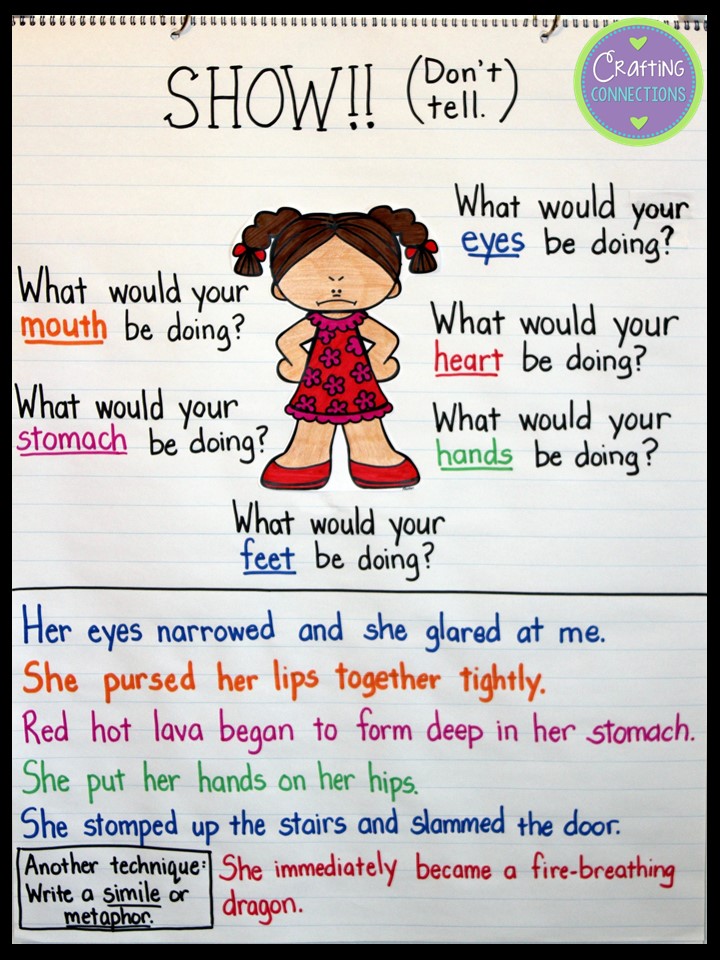

Want to do that, you might ask? Well, what if your character is

But there are actually times when you want the reader’s experience to deviate from your character’s. Having your reader experience your story and feel what your characterįeels on an empathetic level is vital to (almost) all good stories. When you want to deviate the reader’s experience from the character’s: Subdued Emotions: Getting them Right in Your Story
#Storywriting showing not telling how to#
How to Break Writing Rules Right: “Don’t Use Adverbs, Adjectives” We don’t need to know all the details about yourĬharacter’s bath, just tell us he took one. We showed all the less important parts, the story would drag like crazy. Showing helps us relate to the story on an empathetic level instead of a sympathetic one ( see my post on writing empathetically instead of sympathetically and sentimentally), because showing creates emotion and tension in the reader.īUT again, remember, moments that aren’t that important to experience firsthand but the reader just needs to know about, should be told. Highly emotional moment in your story, you (almost) always want to show it. In contrast, take note that whenever you have an important moment or a Wasn’t important to the story that we see, hear, and experience KatnissĬrying. That Katniss spent the afternoon crying (or something like that). After Katniss gets mad and shoots an arrow near the Gamemaker, we are told, What the cats look and sound like and nothing really important happensĭuring the scene–but it’s important for the reader to simply know the fact that they saw the cats A good example of this comes from The Hunger Games. Show your characters seeing their friend’s cats–it doesn’t matter much If you showĪbsolutely everything in your novel (or probably even short story,) the In my showing example above, you probably saw that it took much longerįor me to show you Emily was tired than it was to tell you. Telling is easy.īut like any writing rule, if you treat this one like a commandment, itĬan actually hurt your writing and take the power out of your story. To show, not tell, is preached just about everywhere. Most all beginning writers write stories this way, which is why learning How much emotion do you feel from that? Do you feel like you are in the story? Does it have you on the edge of you seat? Probably not.

When they got tired, they called their mom to pick them up, but They went to their friend’s house to see some cats. If telling still doesn’t seem that “bad” to you, look at what bland telling looks like sentence after sentence in this example: When you “show” the story to the reader, you are allowing them to interpret and come to their own conclusions, rather then you telling Them everything, you’re (almost) never putting the emotions in the reader, so the story won’t be as powerful. So that they are experiencing the emotions in the story. (In contrast, in my firstĮxample, I appealed to no senses.) It’s important to immerse the reader, In my second example, IĪppealed to the senses of sight and touch. Senses: sight, sound, touch, smell, and taste. One of the ways to do this well is to appeal to the It’s like they are there in the house with Emily, orĪre Emily herself. Story so that they feel like they are experiencing it instead of just Second, when you show instead of tell it immerses the reader into the Sheĭoesn’t even wash off her makeup or turn off the room’s light. Up and carry her backpack, so tired that her eyes droop shut and sheĭoesn’t bother to take off her shoes before “falling” into bed. How sleepy-tired? Tired enough that she can’t pick Is Emily a bored kind of tired? Or physically tiredįrom running a mile? Or sleepy-tired? But when I show it, it’s clear “tired” is, how tired Emily is, or what kind of tired she feels. “Emily was tired,” as an audience, we don’t get a visual for what In my second example, I don’t just tell the reader Emily is tired, I Skin–then flung her arm over her face to block out the light. She rubbed her eyes–mascara gritted against her She fell into her bed and her shoesīlackened the covers. Yawning, Emily dragged her backpack on the way to her bedroom.Here is how you would change that example into showing: Telling is easier, and if we don’t know the difference, we just doīut what is the difference? And why does it matter which you use? Is because naturally, we are wired to “tell” a story rather than “show” To hear this advice, and probably several times.

Honestly, almost any beginning writer who is getting into writing needs


 0 kommentar(er)
0 kommentar(er)
